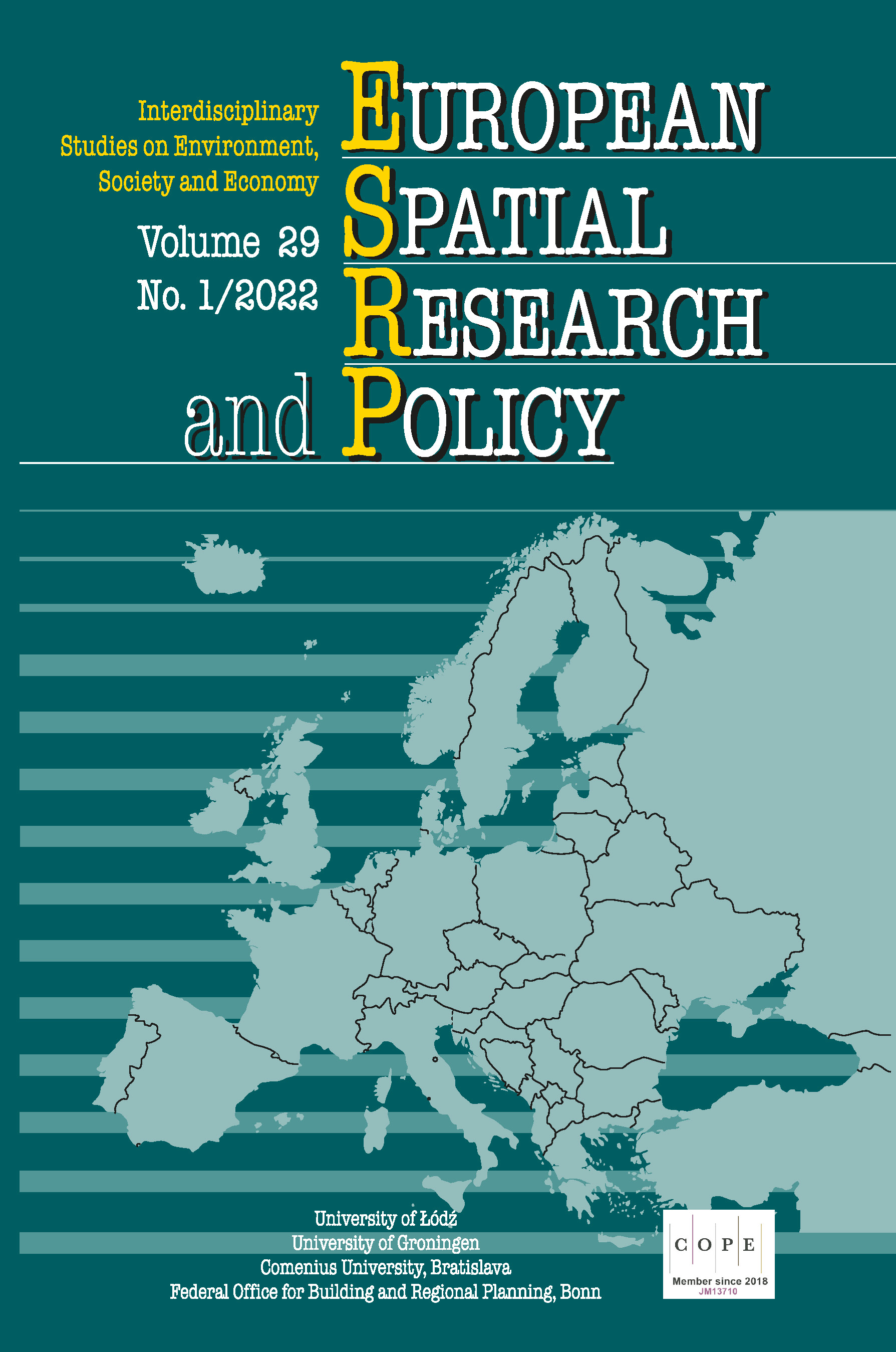The elderly and urban mobility: cost sensitivity of elderly people in the “oldest” Italian city
Author(s): Claudia Burlando,Enrico Musso,Luca Persico / Language(s): English
/ Issue: 1/2022
Keywords: the elderly;urban mobility;cost sensitivity of elderly people
The world is facing a series of changes that will modify the way we envisage transport planning in our cities. Demographic ageing as a consequence of higher life expectancy and lower fertility rates is a world-wide phenomenon. While ageing is indeed a triumph of scientific progress and increasing longevity is perceived as one of humanity’s greatest achievements, the transition in society needs to be managed. In the urban context, any increase in age, health, and economic conditions determines one’s ability to enjoy the urban milieu and the so-called economies of urbanisation (advantages gained from an urban location, e.g., proximity to a market, labour supply, good communications, and financial and commercial services) longer. As there are more and more elderly people in cities, urban mobility becomes crucial in making the urban environment more inclusive. In order to provide suitable policy guidelines, it is, therefore, necessary to investigate and understand senior traveller behaviour. In this study, we investigate urban travel characteristics of people aged 65 years and over living in the city of Genoa (one of the cities with the largest population of the elderly in the EU). By utilising a structured questionnaire, the paper explores the satisfaction and motivations of approx. 600 elderly public transport users in the city. In particular, exploratory factor analysis has been used to determine the key dimensions of the satisfaction and mobility motivations, and subsequently to use them to investigate the cost sensitivity of elderly people.
More...



